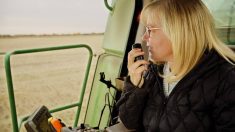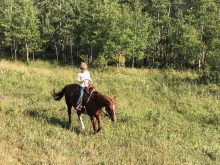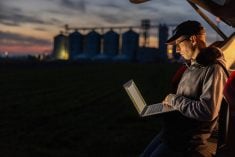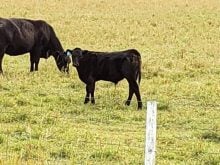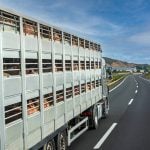The average age of a Canadian farm operator is 56. Understandably, the topic of succession and an aging farm population fills newspapers, conference agendas and boardroom discussions.
Yet on our farm the other day, we had a seven-person work crew that averaged 20.7 years old, all with a smile and a spring in their step, efficiently vaccinating and processing hundreds of cows and calves. (Although I suspect the two 40-somethings were nudging the average age up and likely dragging the agility down.)
My husband and I have entered a golden era in farm parenthood. Our kids are well past the diaper stage, are young enough to be at home under our roof, yet at a prime age to be excellent (ahem, crucial) ranch help. The automatic home-grown cattle handling system we started building 15 years ago is paying off!
Read Also

Syngenta rolls out Envita Dry nitrogen-fixing biological
A new formulation of the Envita bacterium distributed by Syngenta is expected to help farmers tap into more of the nitrogen crops need throughout the season — without adding more fertilizer.
There was a time when we would tackle big ranch jobs, such as sorting and trailing pairs out, when our children were not around. Now I find myself carefully navigating a calendar of school and external commitments to ensure the children are on hand for tasks big and small.
Another weird phenomenon is that the number of handy, capable kids around our camp seems to be increasing. There now appears to be an entire network of young friends ready to lend a hand in the calf pen, the show ring or the pasture. I’ve had a pitchfork pulled out of my hands by an unrelated young whippersnapper many times, and I’m not sad about it.
Outside of my in-house social experiment, I regularly observe enthusiastic young people who fuel my optimism about the future of food and farming.
I hear it in our local 4-H members casually discussing the price of cattle and feed. I saw it when I judged an agricultural video contest for our school division and was impressed by every creative, thought-provoking entry. I experienced it in our school when I hosted a class tour at our ranch, and the students asked insightful questions about why and how we do certain practices. I observe it at youth cattle shows when articulate, passionate young cattle producers take command of a show ring or a microphone.
We can’t ever stop considering how to retain and maintain youth in agriculture, but we should also recognize and value the generation of committed kids that we are building. But I have questions…
How do we continue to incorporate kids in a meaningful way? How do we help kids develop valuable skills and exert their independence while balancing the fact that they are still children? How do we foster an appreciation for non-farm hobbies and adventures? How do we avoid burnout? How do we encourage youth from diverse backgrounds to participate in agriculture? Above all, how do we keep our kids safe?
It’s hard to know how the future will play out for the next generation, but I have a lot of optimism.
For now, I’ll continue to invest in that cattle-handling infrastructure we started building so many years ago: I’ll locate the missing spurs, procure more phone-charging cables, wash the manure off the “town” boots and clothes, fill the fridge full of food, and set another few places at the table.
I’ll hop in the passenger seat of the pickup truck while I watch our children intuitively forge a path and fill gaps around our ranch I didn’t know existed, better than I ever could myself.



